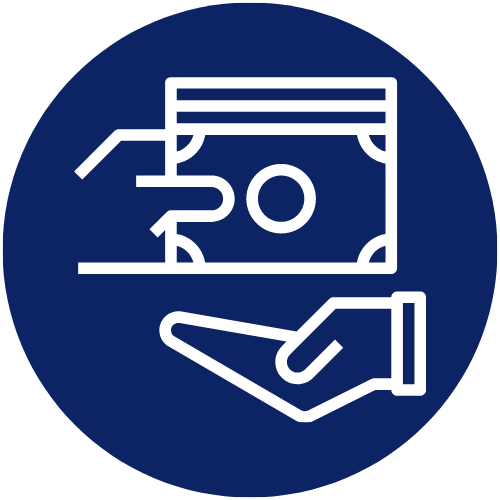What is a Bridge Loan?
What is a Bridge Loan?
A bridge loan is a temporary short-term loan that can be used until the borrower can secure immediate financing. Bridge loans last up to a year in length and typically have higher interest rates compared to traditional loans. In residential real estate, a bridge loan can be used to buy another home before one sells their current home. The maximum loan amount is 80% of the combined value of the home that you want to buy and your current home. In order to secure a bridge loan, one must have some sort of collateral or inventory. Typically, people use their current home as collateral for their loan. Most borrowers pay off their bridge loan with the sale of their current home but can be paid off with other options. The most common repayment option takes place in the form of a balloon payment where one pays the full amount by a certain date.
Bridge Loans vs. Conventional Loans
Bridge loans are usually harder to secure because one must have excellent credit and some sort of collateral. Generally, bridge loans have higher interest rates and origination fees than traditional loans. Bridge loans are appealing to borrowers because they allow fast, convenient access to funds.
Bridge Loans in Real Estate
At Top Shelf Models we model bridge loans for various reasons:
If a developer is in the middle of selling a property while trying to develop a new one, a bridge loan would be used to secure proper financing until the sale of the old property went through.
Sometimes there is a lull time between purchasing land and when construction on the property begins. Developers could use a bridge loan during this off time to cover finances. Once the bridge loan ends, the developer would then use a more traditional construction loan to secure financing for the remainder of the project.
If a project is utilizing a HUD loan, the application process can often take months. Developers might pursue a bridge loan in this scenario to bridge the gap until they receive HUD loan approval/proceeds.



